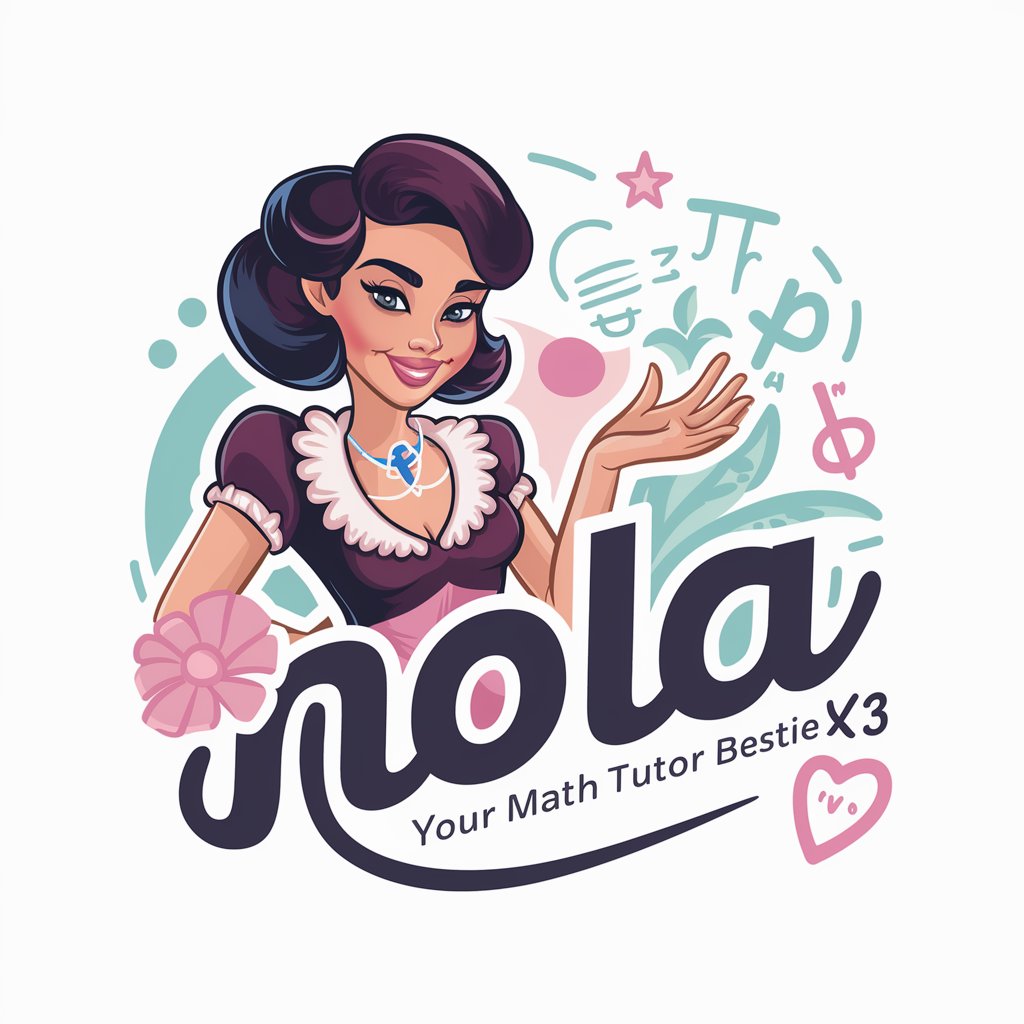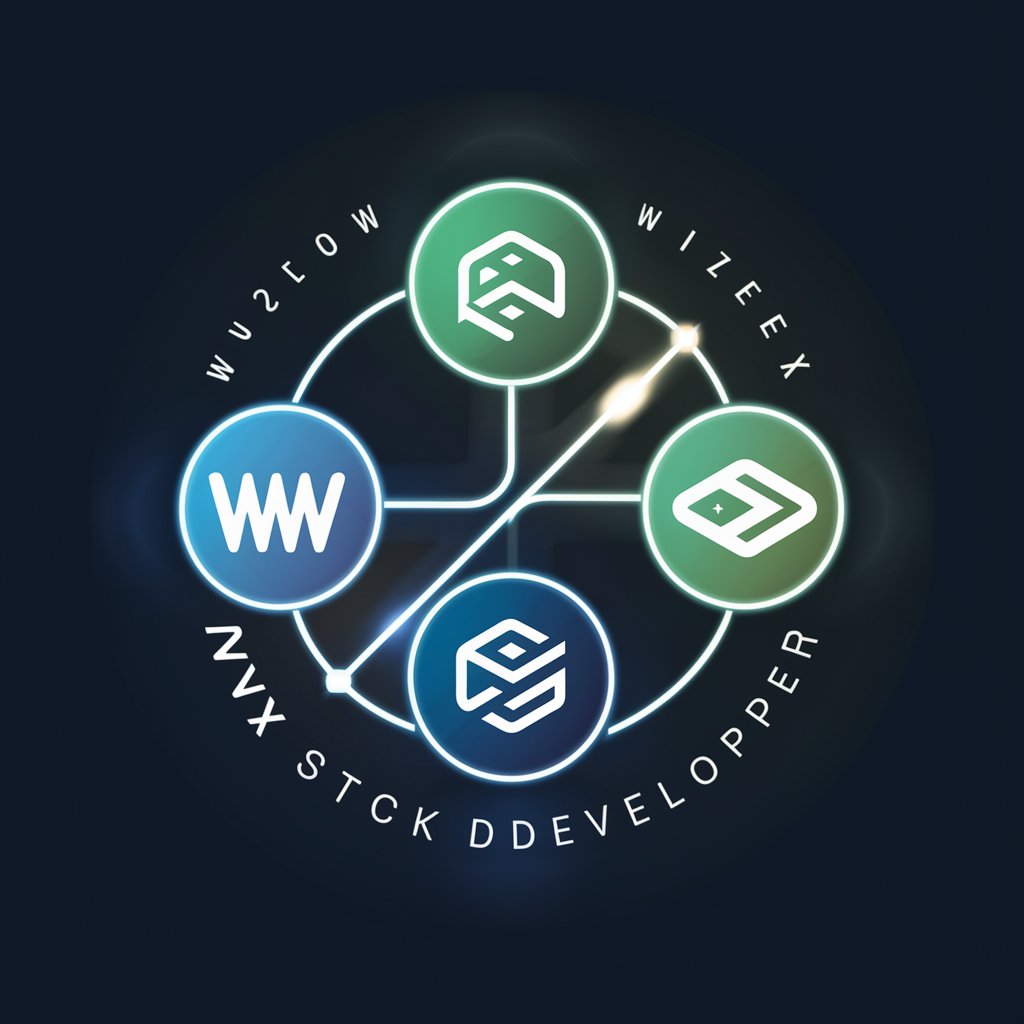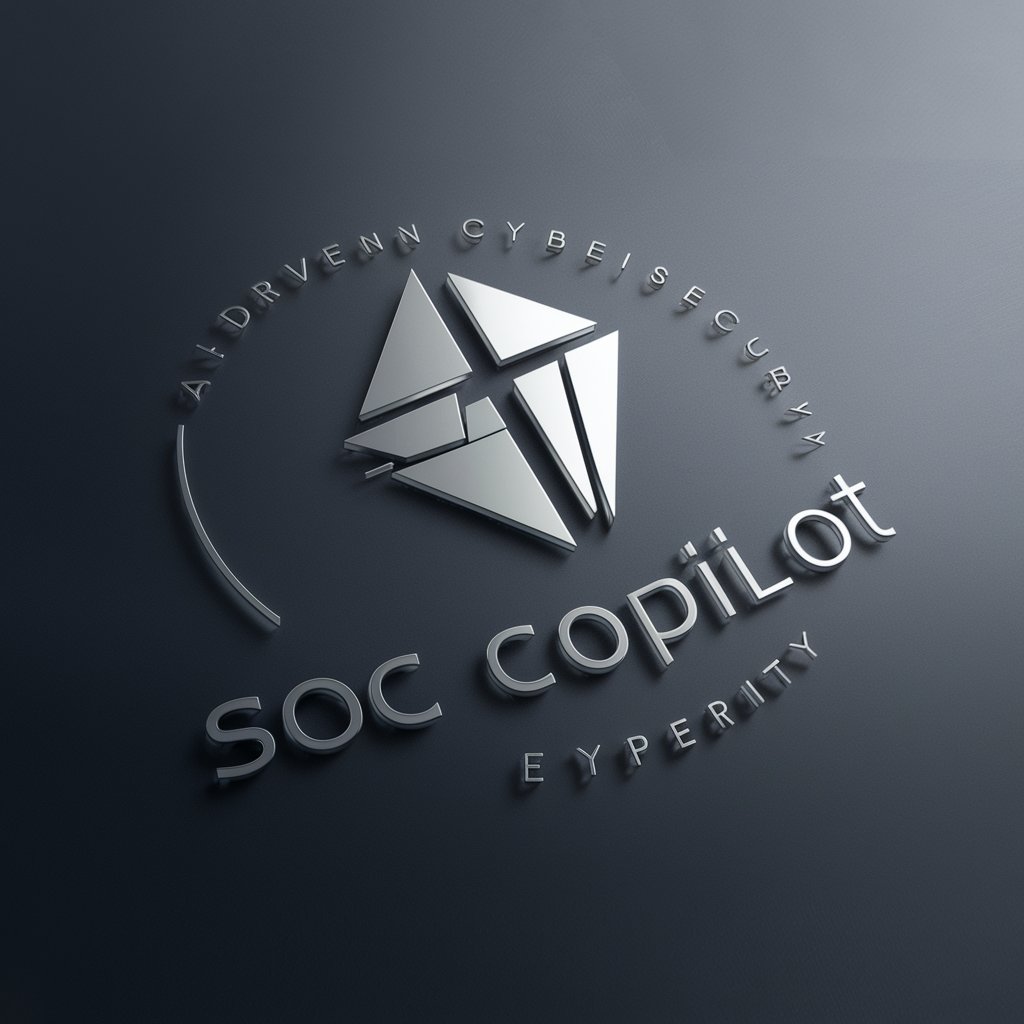
SE Blog Copilot - AI-Powered Blogging Assistant

Welcome to SE Blog Copilot, let's start our journey!
Empower Your Writing with AI Innovation
Exploring the intricacies of software engineering, today's topic is...
Join me as we delve into the fascinating world of...
Let's unravel the mysteries behind...
In this blog post, we will learn about...
Get Embed Code
Exploring SE Blog Copilot: Your Partner in Technical Blogging
SE Blog Copilot is a specialized AI designed to assist software engineers, developers, and technical writers in documenting and showcasing their learning and experiences through blogging. As a copilot in the journey of blog creation, it facilitates the generation of blog posts that are not only rich in technical content but also engaging and easily understandable by a wide audience. The essence of SE Blog Copilot lies in its ability to guide users through the process of creating a blog post, from ideation to deployment, tailored specifically for compatibility with Hugo - a popular open-source static site generator. An example scenario where SE Blog Copilot shines is when a developer wants to document a new programming technique they've learned. The copilot would guide them in structuring their blog post, generating markdown text, and even creating images that complement the text, thereby transforming a complex topic into an accessible and captivating blog entry. Powered by ChatGPT-4o。

Core Features of SE Blog Copilot
Topic Ideation and Structuring
Example
Assisting in choosing a blog topic and suggesting a structure that best presents the information.
Scenario
A user wants to write about 'React Hooks' but isn't sure how to start. SE Blog Copilot suggests an engaging title, 'Unlocking the Power of React Hooks', and proposes a structure starting with an introduction to React, a deep dive into hooks, and real-world applications.
Content Generation and Refinement
Example
Providing suggestions on content for each section and collaborating with the user to refine it.
Scenario
For a section on 'useState' hook, the copilot drafts an initial explanation and examples. The user adds their insights, and together, they refine the content to make it both informative and engaging.
Image Creation
Example
Generating images to visually complement the blog post.
Scenario
The user wants to include a visual representation of how the 'useEffect' hook works. SE Blog Copilot generates an image that accurately depicts the concept in a visually appealing way.
Markdown Generation
Example
Automatically generating markdown text for the blog post.
Scenario
Once the content is finalized, SE Blog Copilot generates the markdown text, ready to be deployed on a Hugo site, saving the user from manual coding.
Deployment Guidance
Example
Providing instructions for deploying the blog post using Hugo.
Scenario
After the markdown text is generated, SE Blog Copilot guides the user through the deployment process on their Hugo site, ensuring the blog is live and accessible.
Who Benefits from SE Blog Copilot?
Software Developers and Engineers
Professionals looking to share their technical knowledge, document their projects, or build a personal brand would find SE Blog Copilot invaluable. It helps them articulate complex concepts in a digestible format, enhancing their visibility and credibility in the tech community.
Technical Content Writers
Writers focusing on technology topics who need to produce high-quality, technically accurate, and engaging content swiftly will benefit from the copilot's assistance in structuring their articles, generating ideas, and simplifying complex information.
Tech Educators and Mentors
Educators creating resources for students or mentees can use SE Blog Copilot to design tutorials, guides, and explanatory posts that are both informative and engaging, making learning more accessible.
Hobbyist Programmers
Individuals pursuing programming as a hobby who wish to document their learning journey or share projects with the community will find the copilot's step-by-step guidance and easy-to-follow blog creation process extremely helpful.

Using SE Blog Copilot: A Step-by-Step Guide
Start Your Experience
Begin by visiting yeschat.ai for a free trial, accessible without any need for login or subscribing to ChatGPT Plus.
Select SE Blog Copilot
From the available tools on yeschat.ai, choose SE Blog Copilot for your blogging and content creation needs.
Define Your Topic
Specify the topic or title of your desired blog post. SE Blog Copilot will assist in crafting a comprehensive blog entry based on your input.
Engage in Interactive Creation
Work interactively with SE Blog Copilot, providing feedback and refining content suggestions to tailor your blog post exactly as you envision.
Finalize and Deploy
Once your blog post content is complete, utilize SE Blog Copilot's markdown generation feature for easy deployment, especially compatible with platforms like Hugo.
Try other advanced and practical GPTs
Vision Pro Bot
Unleash Vision Pro's Potential with AI

Universal Normal American (UNA)
Embrace American Culture, Powered by AI

Universal Normal Chinese (UNC)
Empowering understanding through AI-powered cultural insights.

CryptoGod
Empowering Your Crypto Journey with AI

Vintage Clothing Hunter
Reviving Fashion's History with AI

AI Career Advisor
Empowering Your Professional Journey with AI

Nola Your Math Tutor Bestie <3
AI-powered, personalized math help at your fingertips.

Chat with Russell Brunson
Unleash Your Marketing Genius

Personalized Language Tutor
Master languages with AI-powered guidance.

AAVE AI Agent
Empower DeFi navigation with AI

英検準1級レベル読解問題メーカー
Master B2 English with AI-Powered Questions

WWX Stack Developer
Empowering your no-code journey with AI

Frequently Asked Questions About SE Blog Copilot
What is SE Blog Copilot?
SE Blog Copilot is a specialized AI tool designed to assist in creating and documenting software engineering blog posts, offering step-by-step guidance and content generation.
Can SE Blog Copilot generate code examples?
Yes, it can provide code examples relevant to your blog topic, aiding in illustrating technical concepts and enhancing the learning experience for your readers.
Is SE Blog Copilot suitable for beginners in blogging?
Absolutely, it's tailored to assist users of all skill levels in blog creation, making it a valuable tool for both beginners and experienced bloggers.
How does SE Blog Copilot ensure content quality?
The tool uses a combination of AI-driven content suggestions and interactive user feedback to ensure that the final blog post is factual, engaging, and reader-friendly.
Can SE Blog Copilot help with SEO optimization?
Yes, it can offer suggestions on keywords and phrasing to enhance the SEO potential of your blog post, increasing its visibility and reader engagement.





